Home>Home Maintenance>What To Look For In A Home Inspection


Home Maintenance
What To Look For In A Home Inspection
Modified: March 6, 2024
Looking for a thorough home inspection? Learn what to look for in a home inspection to ensure your home maintenance needs are met. Explore our guide now!
(Many of the links in this article redirect to a specific reviewed product. Your purchase of these products through affiliate links helps to generate commission for Storables.com, at no extra cost. Learn more)
Introduction
Buying a home is a significant investment, and it’s crucial to ensure that you are making a sound decision. One essential step in the home-buying process is a thorough home inspection. A home inspection is a comprehensive evaluation of a property’s condition, conducted by a qualified home inspector. This inspection helps identify any potential issues or defects that may be present in the property.
A home inspection provides you with peace of mind by giving you a clear understanding of the property’s overall condition. It can uncover hidden problems that could have a significant impact on your safety, finances, and overall satisfaction with the purchase.
In this article, we will explore the importance of a home inspection and discuss the key aspects that you should consider when choosing a home inspector.
Key Takeaways:
- A home inspection is like a health check-up for a house, helping you find potential problems and make informed decisions before buying. It’s a crucial step to ensure your investment is safe and sound.
- When choosing a home inspector, look for someone with the right qualifications, experience, and positive reviews. Their expertise ensures a thorough evaluation of the property, giving you peace of mind.
Importance of a Home Inspection
A home inspection is essential for both buyers and sellers. For buyers, it provides valuable information about the condition of the property, helping them make an informed decision. Here are some key reasons why a home inspection is important:
- Evaluating the Property’s Condition: A home inspection allows you to evaluate the overall condition of the property. It provides insight into the structural integrity, electrical systems, plumbing systems, and more. This information helps you understand any potential repairs or maintenance that may be required, allowing you to factor these costs into your budget.
- Identifying Safety Hazards: A home inspection can uncover hidden safety hazards that may pose a risk to you and your family. It could identify issues such as faulty electrical wiring, unstable structures, or mold and pest infestations. By identifying these hazards upfront, you can take necessary precautions to address them before moving in.
- Negotiation Tool: The findings of a home inspection can be used as a negotiation tool in the buying process. If significant defects are found, you may have the opportunity to negotiate with the seller to resolve the issues or adjust the price accordingly.
- Long-Term Financial Planning: A home inspection helps you make informed decisions about the property’s long-term financial implications. By identifying potential issues, such as a worn-out roof or inefficient HVAC system, you can plan for future repairs or replacements. This allows you to budget effectively and avoid any unexpected expenses down the line.
- Peace of Mind: Ultimately, a home inspection provides peace of mind. It gives you confidence that the property you are purchasing is in good condition and meets your expectations. It ensures that you are making a sound investment and minimizes the risk of unpleasant surprises after closing the deal.
In summary, a home inspection is a crucial step in the home-buying process. It provides important information about the property’s condition, safety hazards, and potential repairs or maintenance. It serves as a negotiation tool and helps you plan for long-term financial considerations. Most importantly, it brings peace of mind knowing that you are making an informed decision.
Credentials and Experience of the Home Inspector
When it comes to hiring a home inspector, it’s important to choose someone who is qualified and experienced in the field. The credentials and experience of the home inspector play a crucial role in ensuring a thorough and accurate inspection. Here are some key aspects to consider when evaluating a home inspector’s credentials:
- Licensing and Certification: Check if the home inspector is licensed and certified in your state or region. Licensing requirements vary by location, so make sure the inspector meets the necessary qualifications. Certification from reputable organizations such as the International Association of Certified Home Inspectors (InterNACHI) or the American Society of Home Inspectors (ASHI) is also a good indication of their expertise.
- Training and Education: Inquire about the home inspector’s training and educational background. Look for professionals who have completed relevant courses or have a background in construction, engineering, or a related field. This knowledge and experience will help them better understand the various systems and components of a home.
- Experience: Assess the inspector’s experience in the industry. Find out how many inspections they have conducted and how long they have been in practice. A more experienced inspector is likely to have encountered a wider range of issues and will have a better understanding of potential problems in different types of properties.
- Reviews and References: Read reviews and seek references from past clients. Online platforms, such as websites, social media, or review sites, can provide valuable insights into the inspector’s reputation and the quality of their work. Positive reviews and satisfied customers are indicators of a reliable and competent inspector.
- Professional Affiliations: Check if the home inspector is a member of any professional organizations or associations. These affiliations show a commitment to ongoing education and adherence to industry standards. It also provides opportunities for networking and staying updated on the latest practices and developments in the field.
Remember, a thorough home inspection requires a combination of technical knowledge, attention to detail, and practical experience. Therefore, it is crucial to choose a home inspector with the right credentials and experience to ensure a comprehensive and accurate assessment of the property.
Exterior and Structural Components
When conducting a home inspection, the exterior and structural components of the property play a vital role. These components form the foundation and protect the interior of the home from external elements. Here are some key areas to focus on during the inspection:
- Foundation: Inspect the foundation for any signs of cracks, water damage, or movement. A solid foundation is crucial for the overall stability and integrity of the structure.
- Siding and Exterior Walls: Examine the siding and exterior walls for signs of damage or deterioration. Look out for issues such as rot, mold, or insect infestation. Properly maintained siding helps protect the interior of the home from moisture and weather elements.
- Roof: Assess the condition of the roof, including the materials, shingles, and flashing. Look for any signs of leaks, damaged or missing shingles, or sagging. A well-maintained roof is essential for protecting the interior of the home from water damage.
- Gutters and Drainage: Check if the gutters and downspouts are properly installed and functional. Ensure they are directing water away from the foundation, preventing potential water damage and foundation problems.
- Windows and Doors: Inspect the windows and doors for proper sealing, functionality, and signs of damage. Windows and doors that are well-maintained contribute to energy efficiency and security.
- Deck and Patio: Assess the condition of any outdoor decks or patios. Look for signs of rot, instability, or necessary repairs. An unsafe or poorly maintained deck can pose a safety hazard.
- Driveway and Walkways: Check for cracks, potholes, or uneven surfaces in the driveway and walkways. Proper maintenance ensures safe and accessible pathways.
It is important to thoroughly inspect the exterior and structural components of a home to identify any potential issues or maintenance needs. Addressing these issues early on can prevent further damage and expenses in the future. A professional home inspector can provide a detailed report on the condition of these components, allowing you to make informed decisions about the property.
Roof and Attic
The roof is one of the most critical components of a home, protecting it from the elements. During a home inspection, paying close attention to the roof and attic is essential. Here’s what to consider:
- Roof Material: Identify the type of roofing material used, such as asphalt shingles, tiles, or metal. Each material has its own lifespan and maintenance requirements.
- Condition of Shingles or Roofing Material: Inspect the shingles or roofing material for signs of wear, damage, or missing pieces. Look for cracked, curling, or deteriorated shingles that may require repairs or replacement.
- Flashing: Check the condition of the flashing around vents, chimneys, and skylights. Damaged or improperly installed flashing can lead to water leaks and water damage.
- Gutters and Downspouts: Examine the gutters and downspouts for any clogs, damage, or improper installation. Make sure they are correctly directing water away from the roof and foundation.
- Roof Ventilation: Evaluate the attic ventilation system to ensure proper airflow. Adequate ventilation helps regulate temperature, prevent moisture buildup, and prolong the lifespan of the roof.
- Attic Insulation: Assess the insulation levels in the attic. Sufficient insulation helps maintain energy efficiency and prevent heat loss during colder months.
- Attic Ventilation: Check for proper ventilation in the attic. Poor ventilation can lead to moisture buildup, mold growth, and damage to the roof structure.
- Signs of Water Damage: Look for any signs of water stains, mold, or mildew in the attic. These may indicate a roof leak that needs to be addressed.
- Structural Integrity: Inspect the roof structure for any signs of sagging, bowing, or damage. An unstable roof structure can compromise the overall safety and integrity of the property.
A thorough inspection of the roof and attic helps identify any potential issues or maintenance needs. Addressing these concerns promptly can prevent more significant problems and extend the lifespan of your roof. Remember to consult with a professional home inspector who can provide a detailed report and offer guidance on any necessary repairs or replacements.
Plumbing System
The plumbing system is an integral part of any home, responsible for supplying water and removing waste. During a home inspection, it’s crucial to thoroughly assess the plumbing system to identify any potential issues. Here’s what to consider when inspecting the plumbing system:
- Pipes: Inspect the pipes for any signs of leaks or corrosion. Look for water stains, moisture, or mold around pipes, as this could indicate a plumbing problem.
- Water Supply: Check the water supply lines to ensure they are in good condition and free from leaks. Test the water pressure in the faucets and showers to ensure adequate flow.
- Drainage: Test the drainage system by running water in sinks, showers, and toilets. Look for slow drainage or signs of clogs. Additionally, check for any unusual smells coming from the drains, as it may indicate sewer line issues.
- Toilets: Inspect the toilets for proper flushing, leaks, and stability. Check for any signs of water damage around the base of the toilet.
- Water Heater: Assess the condition and age of the water heater. Look for any signs of leakage or corrosion. Check if the water heater is properly installed and has a functional pressure relief valve.
- Shut-off Valves: Locate and test the shut-off valves for the main water supply, as well as individual fixtures. Ensure they are in good working condition.
- Sump Pump (if applicable): If the property has a sump pump, inspect it to ensure it is operational and properly maintaining the water level in the basement or crawlspace.
- Water Filtration and Softening Systems (if applicable): Assess the condition and functionality of any water filtration or softening systems. Verify that they are effectively treating the water as intended.
- Septic System (if applicable): If the property has a septic system, it is important to have it inspected by a qualified professional to ensure it is functioning properly and not in need of repairs or pumping.
A thorough inspection of the plumbing system can reveal any underlying issues that may require attention. Plumbing problems can be costly to repair, so it is essential to identify them during the inspection process. Consider hiring a licensed and experienced plumber for a detailed evaluation of the plumbing system to ensure your peace of mind and avoid potential headaches in the future.
When scheduling a home inspection, make sure to hire a certified and experienced inspector who will thoroughly examine the structure, plumbing, electrical, and HVAC systems to ensure there are no hidden issues with the property.
Electrical System
The electrical system is a critical component of any home, providing power for lighting, appliances, and other electrical devices. During a home inspection, it is important to assess the electrical system to ensure it is safe and functioning properly. Here are key aspects to consider when inspecting the electrical system:
- Electrical Panels: Inspect the electrical panels to ensure they are properly installed, labeled, and free from any signs of damage. Look for any loose or exposed wires and ensure that all breakers are functioning correctly.
- Outlets and Switches: Test the outlets and switches throughout the home to ensure they are in good working condition. Look for any loose outlets, scorch marks, or signs of overloading.
- GFCI Outlets: Check for the presence of GFCI (Ground Fault Circuit Interrupter) outlets in areas with potential water exposure, such as bathrooms, kitchens, and outdoor areas. Test these outlets to ensure they trip the circuit if there is a ground fault.
- Light Fixtures and Ceiling Fans: Inspect light fixtures and ceiling fans for proper installation and functionality. Ensure they are securely mounted and properly wired.
- Grounding: Verify that the electrical system is properly grounded. Grounding is essential for protecting against electrical shocks and ensuring the safe operation of electrical appliances and devices.
- Wiring: Assess the condition of the wiring, both inside the home and in the electrical panel. Look for any exposed or improperly spliced wires, as well as outdated wiring materials that may need to be addressed.
- Arc Fault Circuit Interrupter (AFCI) Breakers: Check for the presence of AFCI breakers, which help protect against electrical fires caused by arcing faults. These breakers are typically required in bedrooms and other living areas.
- Smoke Detectors: Ensure that smoke detectors are properly installed and functioning correctly. Check the expiration dates and replace any expired batteries or outdated detectors.
- Exterior Electrical Components: Inspect any exterior electrical components, such as outdoor outlets and light fixtures, ensuring they are weatherproof and in good condition.
A thorough inspection of the electrical system helps ensure the safety and functionality of the home. Electrical issues can pose serious hazards, so it is crucial to identify any potential problems during the home inspection process. If any concerns arise during the inspection, it is advisable to consult a licensed electrician for further evaluation and necessary repairs or upgrades.
Heating, Ventilation, and Air Conditioning (HVAC) System
The HVAC system is responsible for maintaining a comfortable and healthy living environment in a home. During a home inspection, it is essential to assess the HVAC system to ensure its functionality and efficiency. Here’s what to consider when inspecting the HVAC system:
- Heating System: Evaluate the heating system, whether it is a furnace, heat pump, or boiler. Check for proper operation, cleanliness, and any signs of damage or leaks.
- Cooling System: Inspect the cooling system, such as the air conditioner or heat pump, to ensure it is in good working condition. Check for proper cooling output, cleanliness, and any signs of damage or leaks.
- Ductwork: Examine the ductwork for any signs of damage, such as leaks, loose connections, or inadequate insulation. Properly functioning ductwork is crucial for efficient airflow and maintaining a comfortable temperature throughout the home.
- Thermostats: Test the thermostats to ensure they are functioning properly and accurately controlling the temperature. Check for programmable or smart thermostats that offer energy-saving features.
- Air Filters: Verify that air filters are clean and regularly replaced. Clogged or dirty air filters can restrict airflow and reduce the efficiency of the HVAC system.
- Ventilation: Assess the ventilation system, including exhaust fans in bathrooms and kitchens, to ensure they are properly functioning. Adequate ventilation is crucial for maintaining indoor air quality.
- Energy Efficiency: Consider the energy efficiency of the HVAC system. Older systems may be less efficient, resulting in higher energy bills. Look for systems with a high SEER (Seasonal Energy Efficiency Ratio) rating for better energy efficiency.
- Maintenance History: Ask about the maintenance history of the HVAC system. Regular maintenance, such as professional tune-ups and cleanings, can prolong the lifespan and improve the performance of the system.
- Warranty: Determine if the HVAC system is still under warranty. Familiarize yourself with the terms and conditions of the warranty, as well as any transferability requirements.
A thorough inspection of the HVAC system helps ensure that it is functioning properly and efficiently, providing optimal comfort and air quality in the home. If any concerns or issues arise during the inspection, it is recommended to consult with an HVAC professional for further evaluation and any necessary repairs or maintenance.
Interior Components
Inspecting the interior components of a home during a home inspection is crucial to assess the overall condition and functionality. Here are key aspects to consider when inspecting the interior components:
- Walls, Ceilings, and Floors: Check for any signs of cracks, water damage, or unevenness on the walls, ceilings, and floors. Look for peeling paint, sagging or stained ceilings, and uneven or damaged flooring.
- Windows and Doors: Inspect the windows and doors for proper functionality, sealing, and signs of damage. Look for any cracks in the glass, broken or missing screens, or difficulty in opening and closing.
- Interior Trim and Moldings: Assess the condition of interior trim, baseboards, crown moldings, and other decorative elements. Look for any signs of damage, such as peeling paint, dents, or chips.
- Stairs and Railings: Inspect the stairs and railings for stability. Ensure that handrails are securely mounted and stairs are free from loose or damaged components.
- Fireplaces and Chimneys: Evaluate the condition of fireplaces and chimneys, checking for any signs of damage, such as cracks or missing bricks, or issues with the damper or flue.
- Closets and Storage Spaces: Open and close closet doors to check for proper functionality. Assess the condition and capacity of storage spaces, including built-in shelves or cabinets.
- Lighting: Test all light fixtures and switches to ensure proper functioning. Look for any loose connections, flickering lights, or burnt-out bulbs.
- Plumbing Fixtures: Inspect sinks, faucets, toilets, and showers for any signs of leaks, damage, or poor functionality. Run water in each fixture to ensure proper drainage and water flow.
- Appliances: If the home comes with appliances, check their condition and functionality. Test them to ensure they are in proper working order.
- Interior Finishes: Evaluate the condition of interior finishes such as paint, wallpaper, or flooring. Look for any areas that require repair or renovation.
A thorough inspection of the interior components is essential to identify any issues or maintenance needs. It helps evaluate the overall condition of the home and assess its livability and functionality. If any concerns arise during the inspection, it is advisable to consult a professional contractor or specialist for further evaluation and necessary repairs or improvements.
Read more: What Do They Look At In A Home Inspection
Insulation and Ventilation
Insulation and ventilation are crucial aspects of a home that contribute to energy efficiency, comfort, and indoor air quality. During a home inspection, it is important to assess the insulation and ventilation systems. Here’s what to consider:
- Attic Insulation: Inspect the condition and thickness of attic insulation. Adequate insulation helps prevent heat loss during colder months and heat gain during warmer months.
- Wall Insulation: Determine the type and condition of wall insulation. Verify if the walls have proper insulation, such as batt insulation or blown-in insulation, to enhance energy efficiency and thermal comfort.
- Floor Insulation: Evaluate the insulation between floors, especially in multi-story homes or above unheated spaces, to prevent heat transfer and enhance energy efficiency.
- Ventilation Systems: Check ventilation systems, including bathroom exhaust fans, range hood vents, and attic vents. These systems help remove excess moisture, odors, and pollutants, contributing to improved indoor air quality.
- Crawl Space and Basement Insulation: Inspect insulation in crawl spaces and basements. Proper insulation in these areas helps control moisture levels, prevent heat loss, and protect against potential issues like mold and mildew growth.
- Roof Ventilation: Assess the roof ventilation system, including ridge vents, soffit vents, and gable vents. Proper roof ventilation allows for adequate airflow, reduces condensation, and helps extend the lifespan of the roof.
- Windows and Doors: Evaluate the condition and sealing of windows and doors. Properly sealed and insulated windows and doors help prevent drafts and improve energy efficiency.
- Air Leaks: Identify any air leaks in the insulation or gaps in the building envelope. Sealing these leaks helps improve energy efficiency and reduces heating and cooling costs.
- Vapor Barriers: Check for the presence of vapor barriers in areas such as crawl spaces and basements. Vapor barriers help prevent moisture migration, reducing the risk of mold and other moisture-related issues.
A thorough inspection of insulation and ventilation systems helps identify potential energy loss, moisture issues, and indoor air quality concerns. Proper insulation and ventilation contribute to a comfortable and energy-efficient home. If any deficiencies or necessary improvements are identified, consult with a qualified contractor or specialist for further evaluation and necessary upgrades or repairs.
Conclusion
A home inspection is a crucial step in the home-buying process, providing valuable insights into the condition of the property and helping buyers make informed decisions. From the exterior and structural components to the interior systems, a comprehensive inspection covers various aspects of the home to ensure its overall safety, functionality, and comfort.
During the inspection, it is important to consider the credentials and experience of the home inspector. Hiring a qualified professional who is certified, experienced, and knowledgeable in home inspections ensures a thorough and accurate assessment of the property.
Each component of a home merits careful examination during the inspection process. The exterior and structural components, such as the foundation, roof, and siding, must be checked for any signs of damage or potential issues. Likewise, the plumbing system, electrical system, HVAC system, and interior components should all undergo thorough evaluations to ensure they are in good working order.
The importance of a home inspection cannot be overstated. It provides peace of mind by uncovering any safety hazards, identifying potential repairs or maintenance needs, and helping buyers make informed decisions about the property. The findings of a home inspection can also be used as a negotiation tool in the buying process.
In conclusion, a comprehensive home inspection is critical to understanding the current condition of a property and making informed decisions. By hiring a qualified home inspector and thoroughly evaluating all components of the home, buyers can ensure they are investing in a safe, functional, and desirable property. Whether you are a first-time buyer or a seasoned homeowner, a home inspection is an invaluable resource that brings peace of mind and helps protect your investment.
Frequently Asked Questions about What To Look For In A Home Inspection
Was this page helpful?
At Storables.com, we guarantee accurate and reliable information. Our content, validated by Expert Board Contributors, is crafted following stringent Editorial Policies. We're committed to providing you with well-researched, expert-backed insights for all your informational needs.
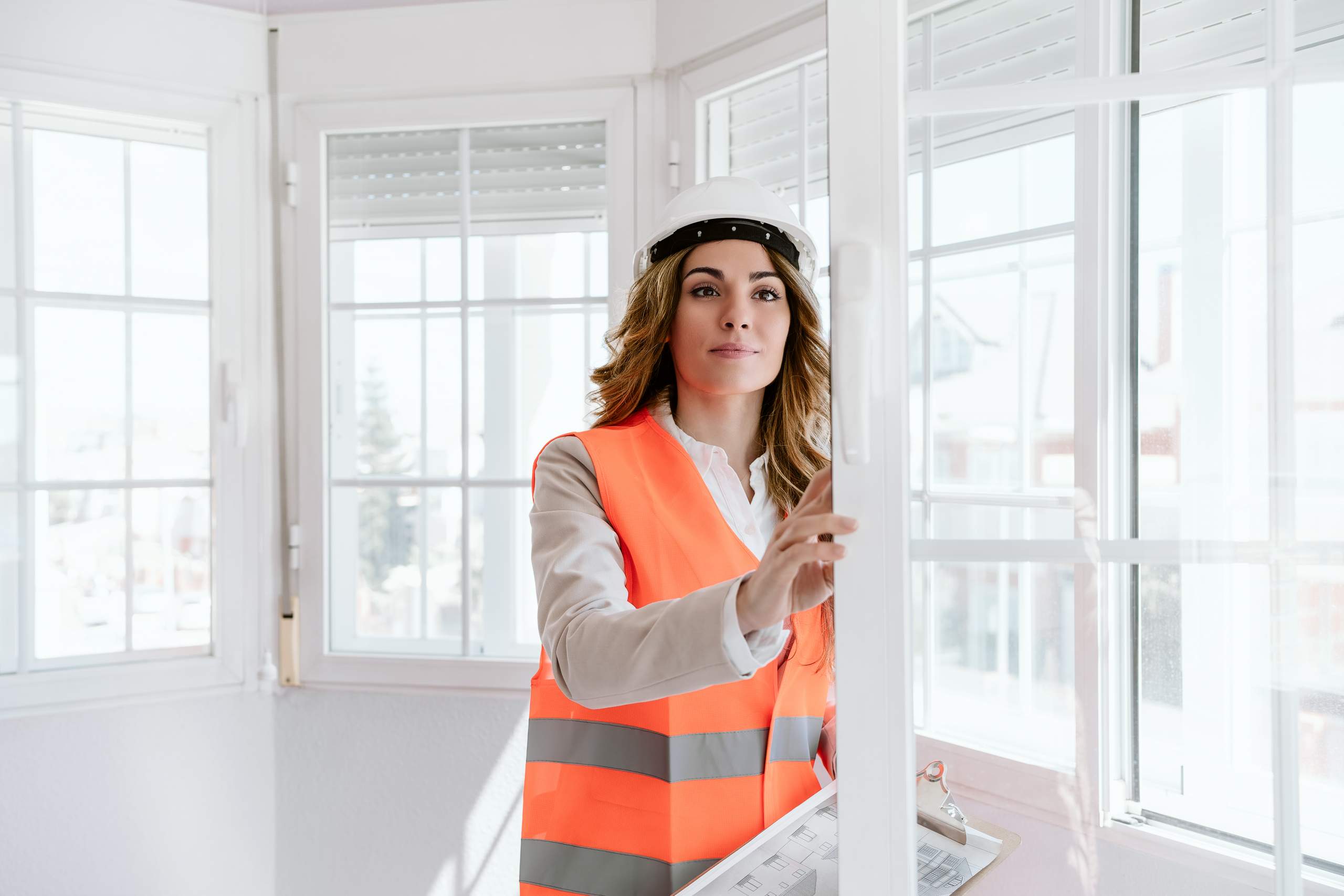
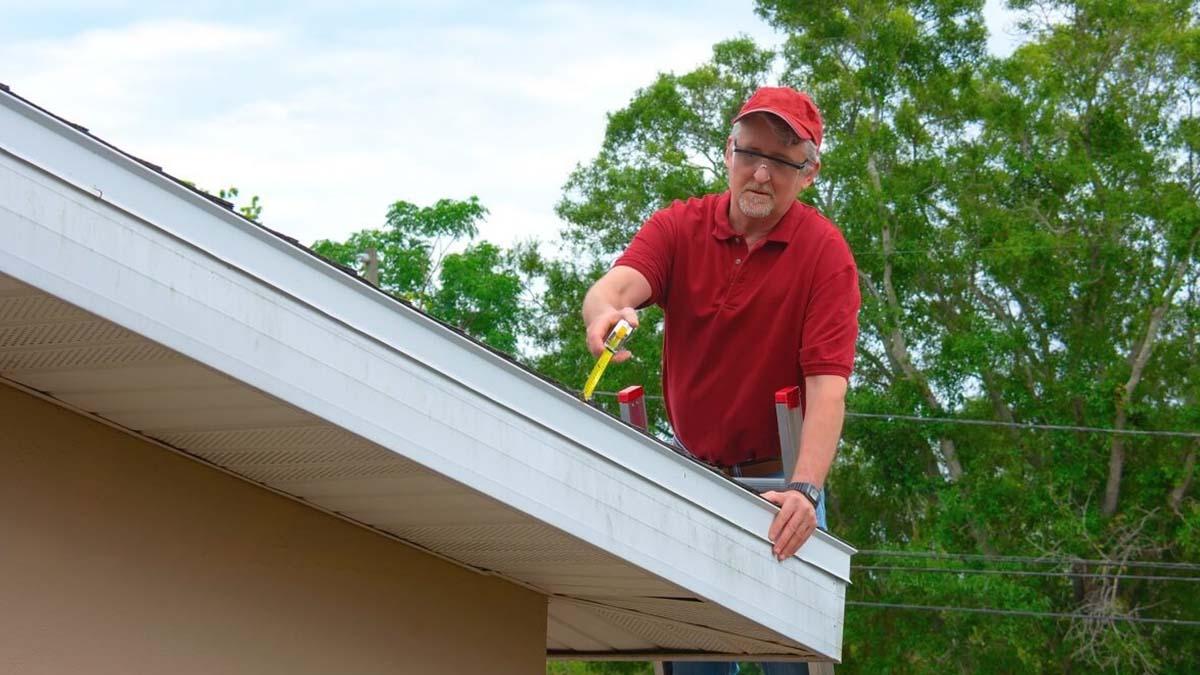

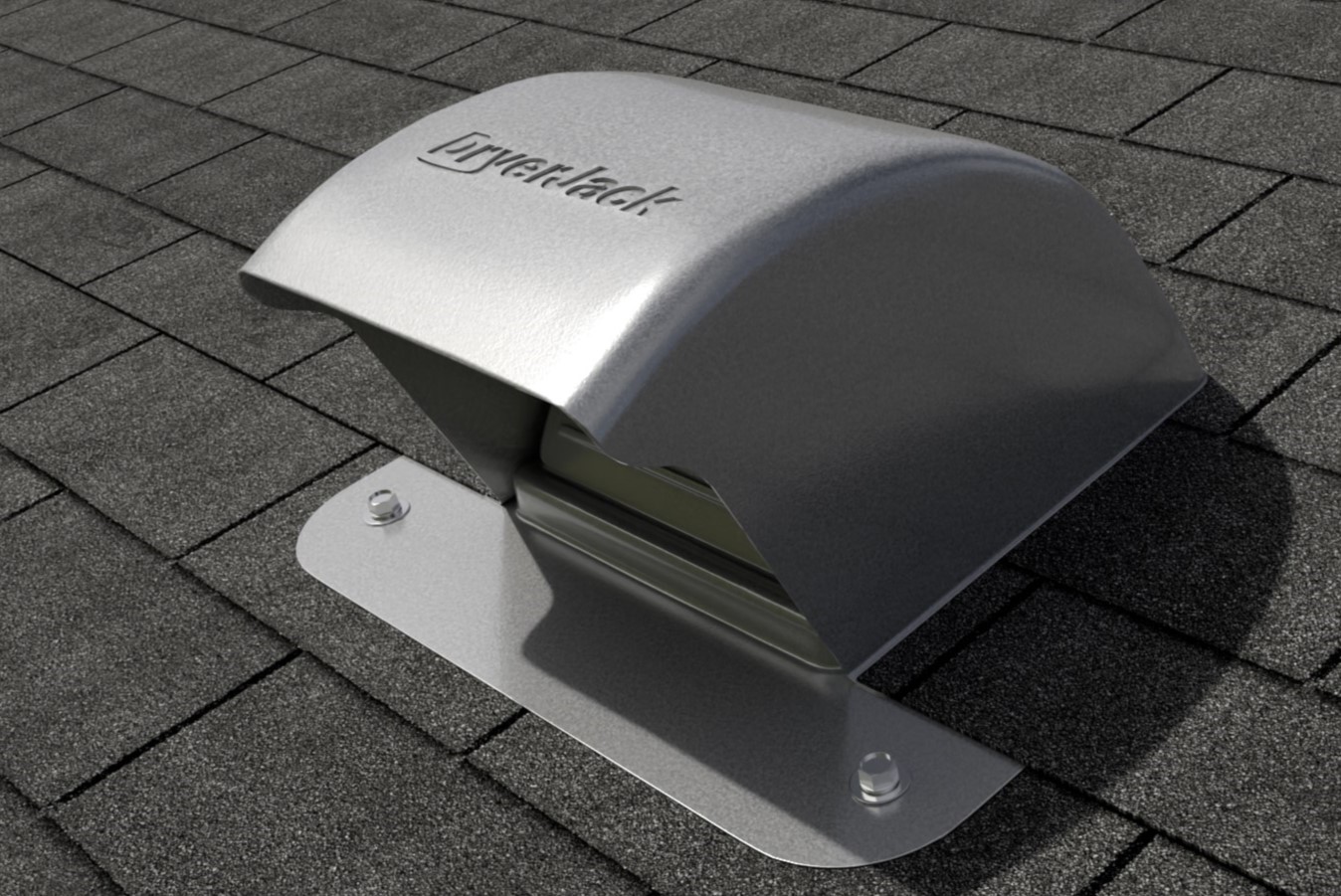
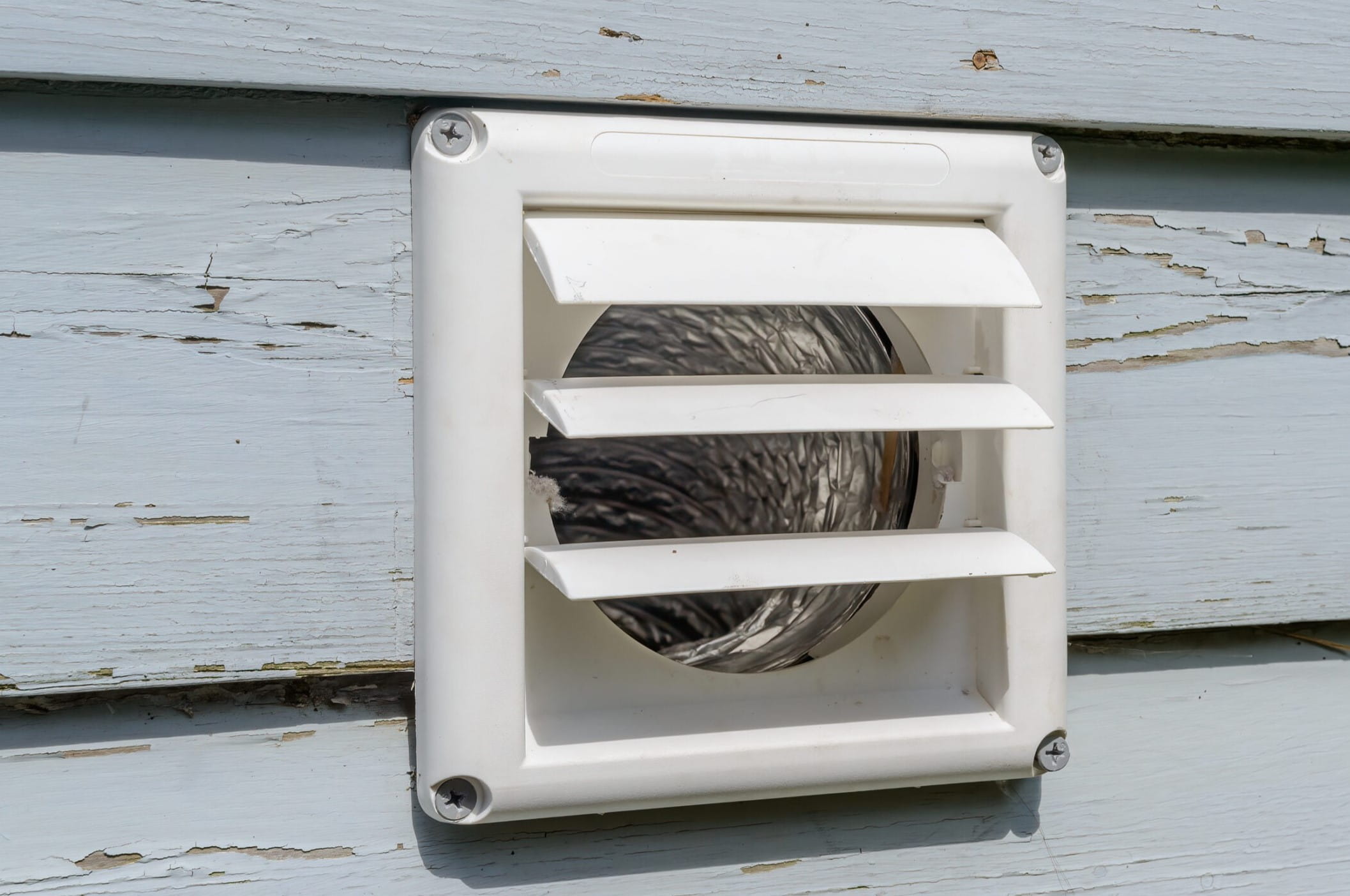
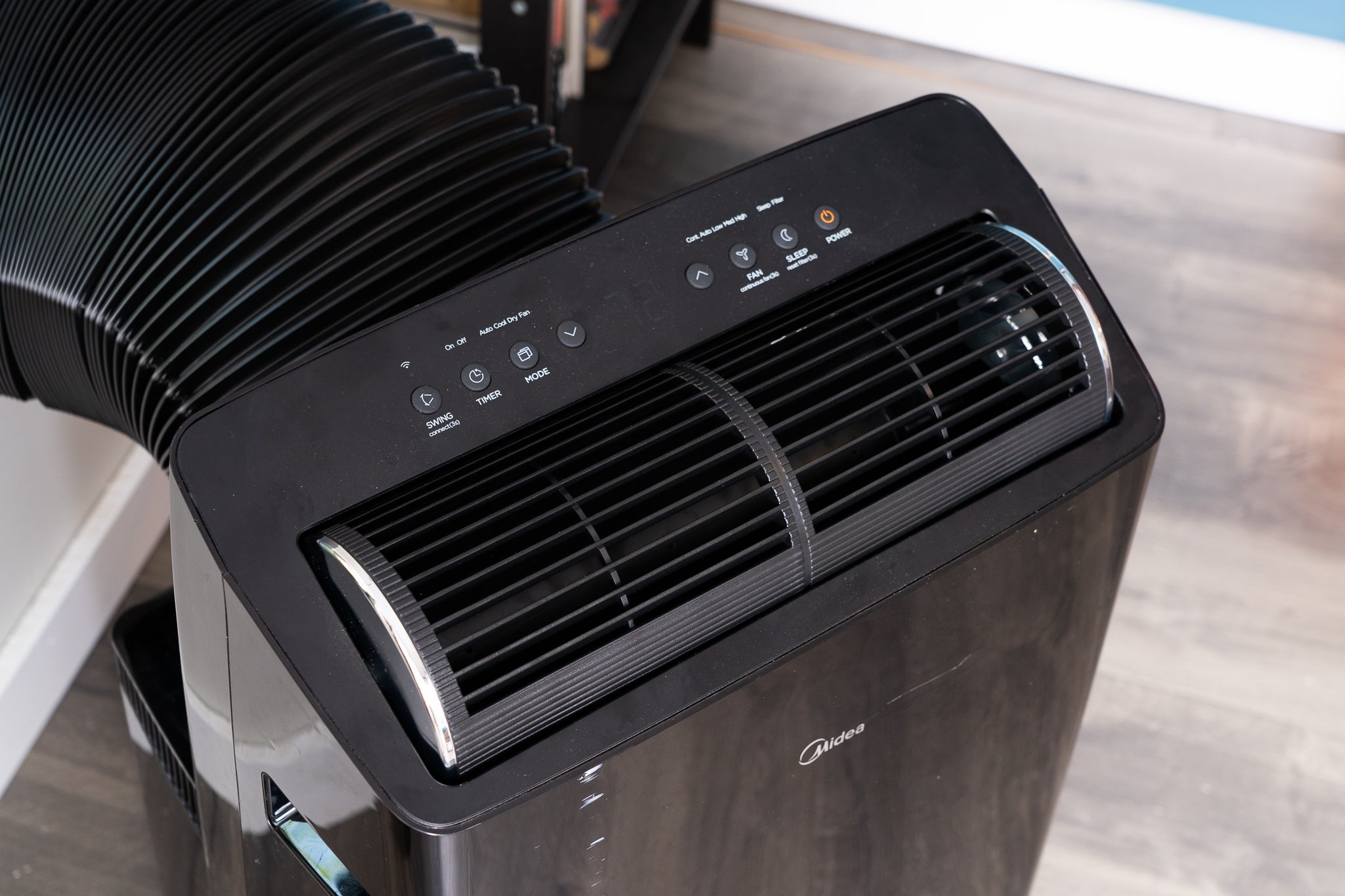
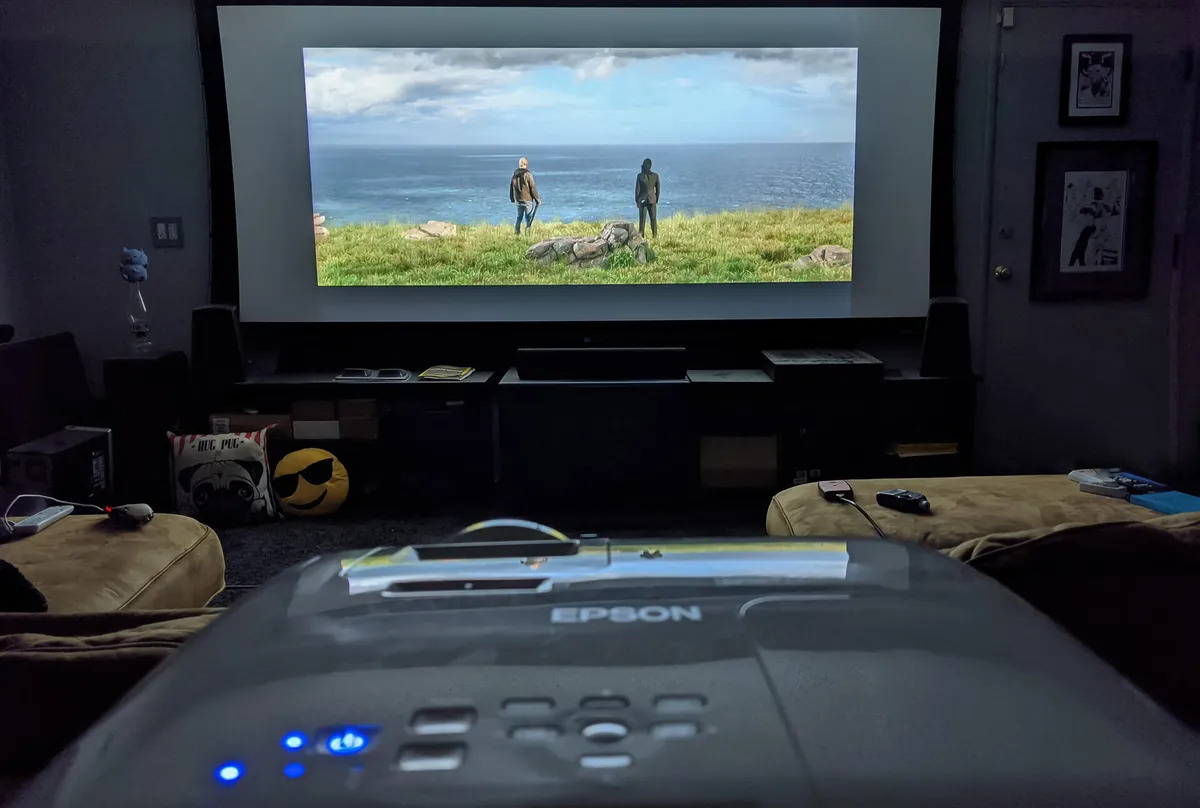
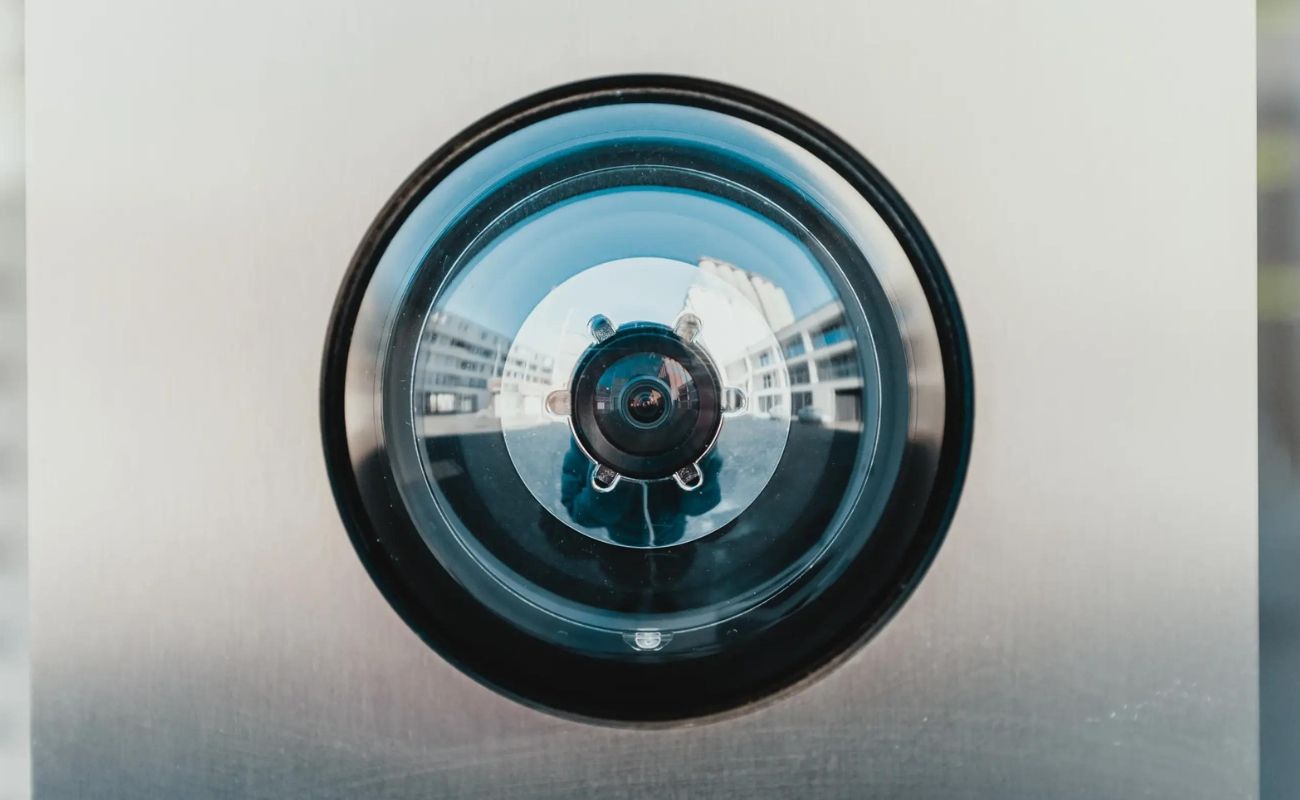

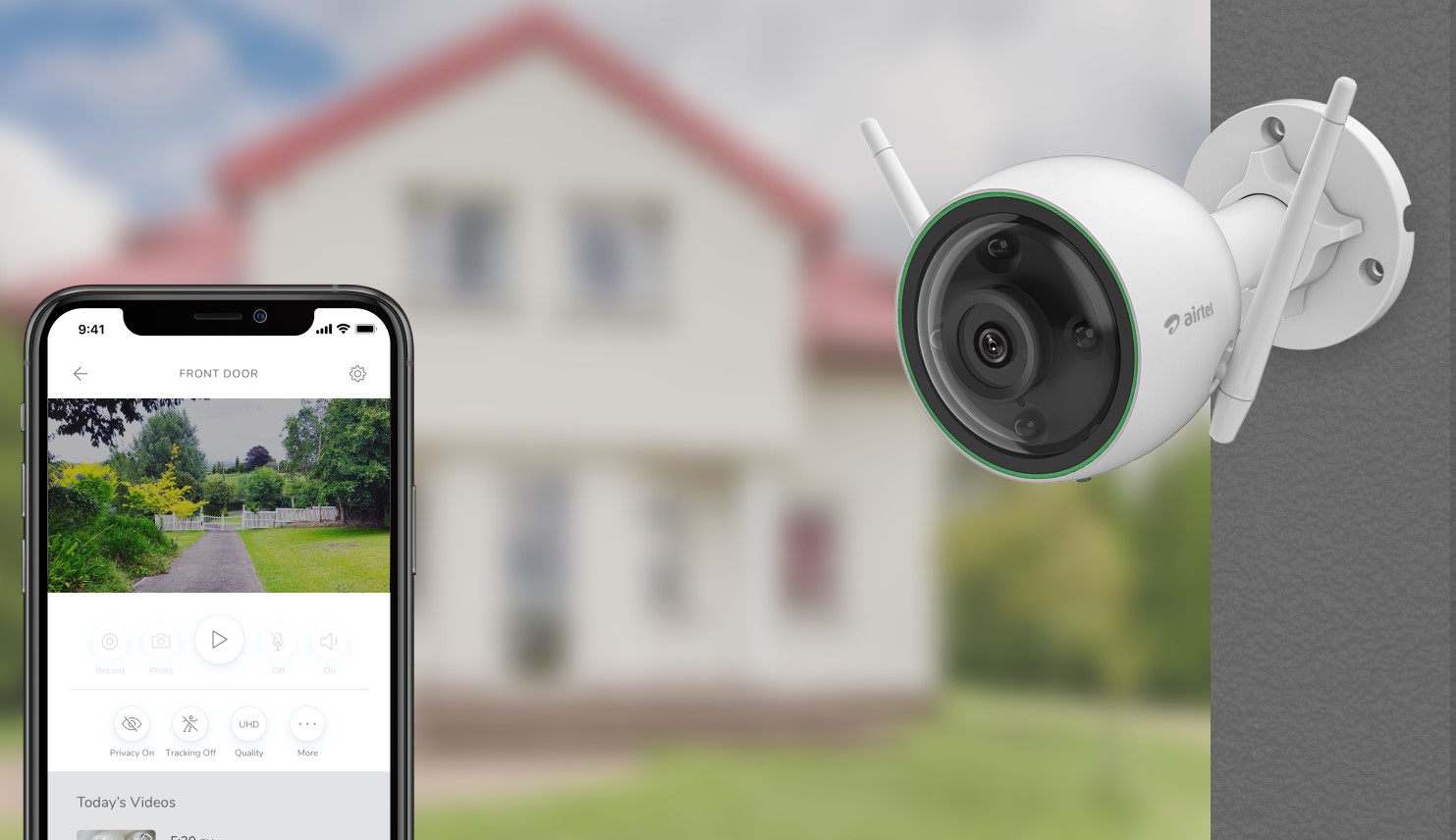
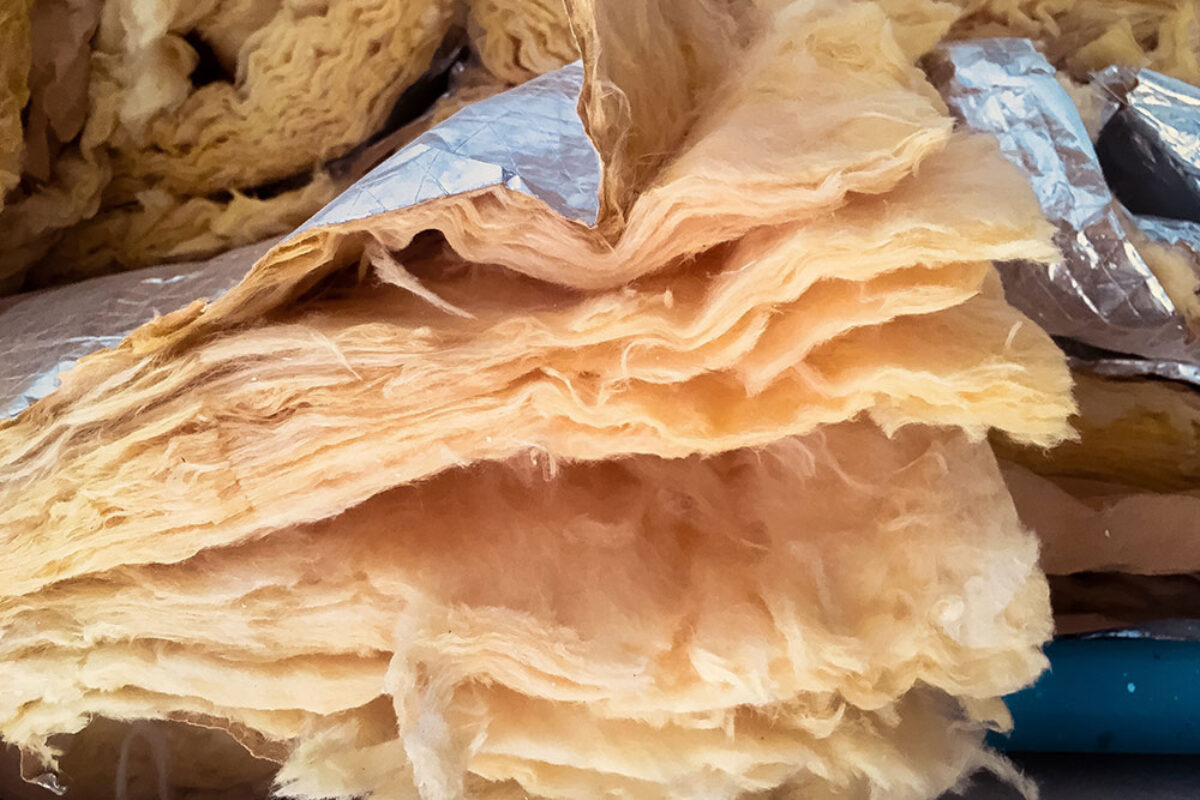
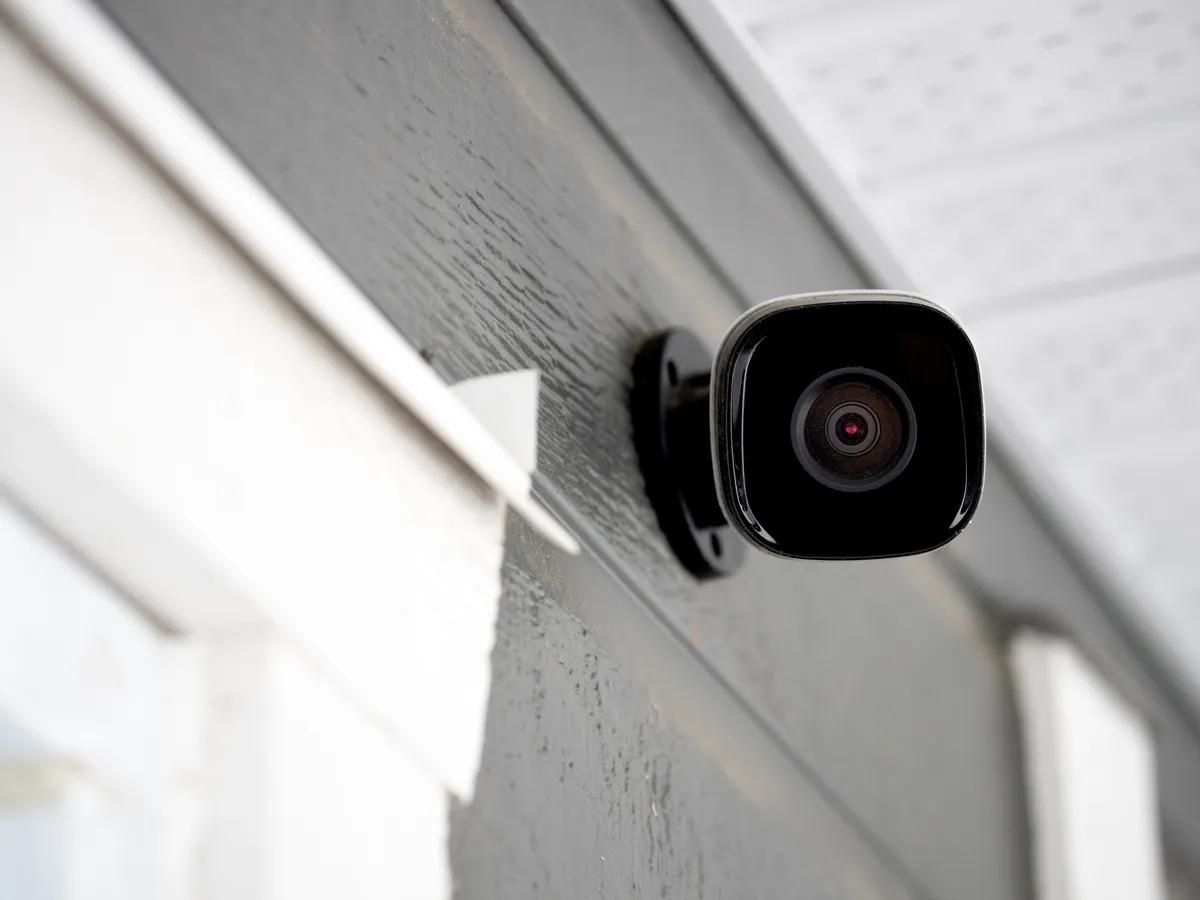
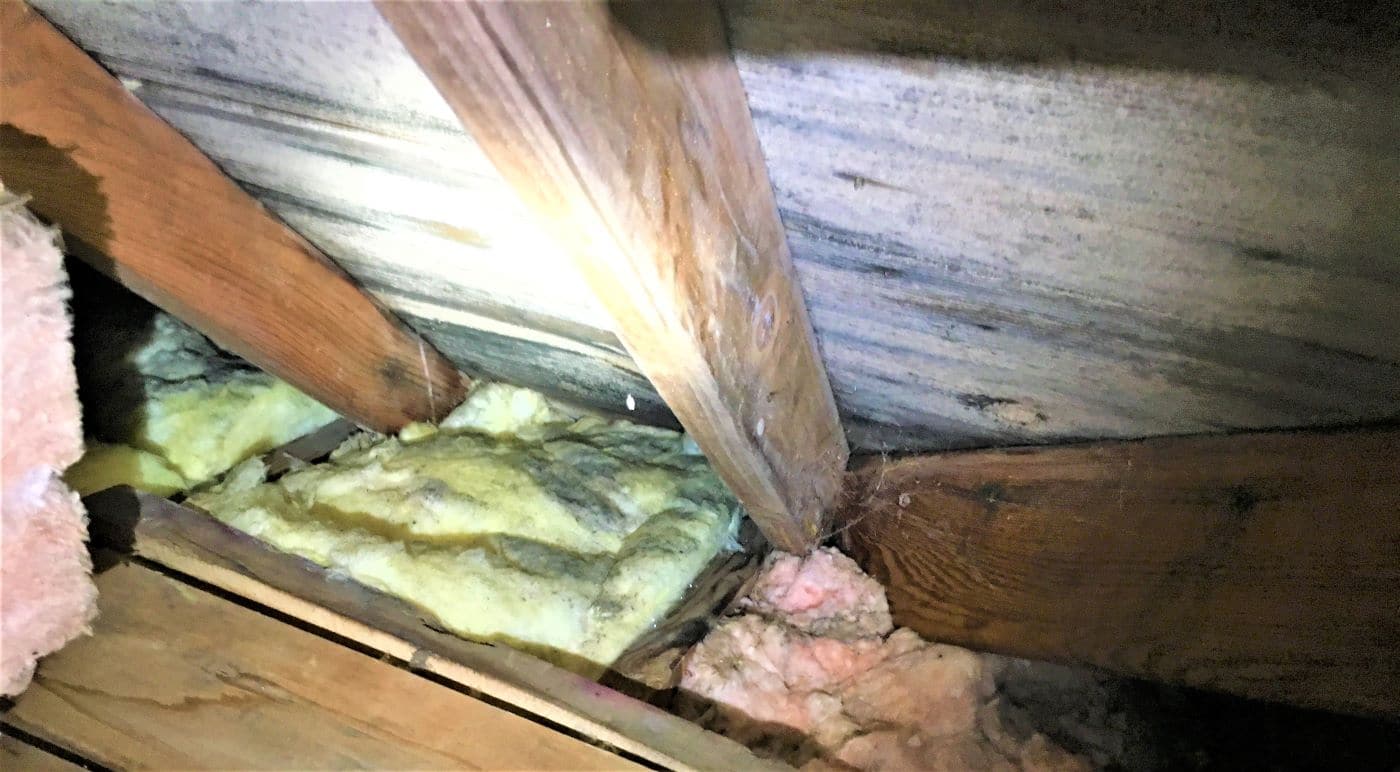

0 thoughts on “What To Look For In A Home Inspection”